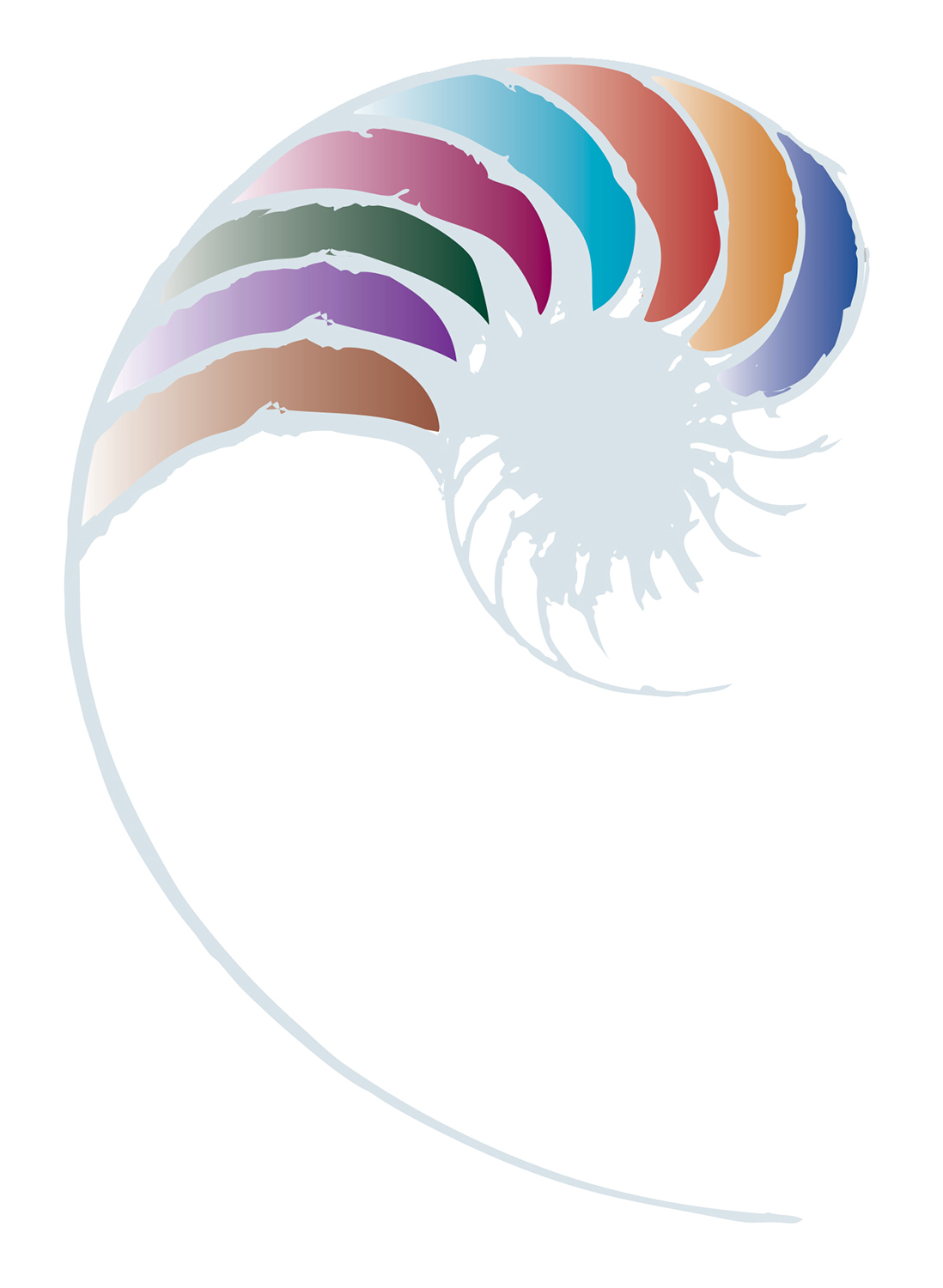Pito mata – realising potential
This resource encourages kaiako to consider te ao Māori notions of giftedness and think about how this may impact on who we as kaiako regard as gifted.

Realising potential
Pito mata means potential. It refers to the ‘uncooked portion’. The uncooked piece of the kūmara can be replanted having the potential to produce many more kūmara.
The term notions of giftedness is used to challenge commonly held assumptions around gifted children, who they are, and how we identify them.
The Learning Support Action Plan speaks to culture, language, and identity as being core to understand and responding to giftedness.
We need to consider te ao Māori notions of giftedness and think about how this may impact on who we as kaiako regard as gifted. At the heart of all our thinking around giftedness is the child, tamaiti – as Te Whariki says – "let the uniqueness of the child guide our work".
A view of giftedness from whakaaro Māori
A view of giftedness from whakaaro Māori doesn’t come from one definition or source alone. It comes from the many puna mātauranga (pools of knowledge) and kōrero tuku iho (tools of knowledge transmission). To understand the position of giftedness in te ao Māori, you need to explore these spaces.
Puna mātauranga are the places in which we draw understandings from. Kōrero tuku iho are the ways in which we can share that with others around us, especially our tamariki and their whānau. “Teachers, educators, and kaiako in ECE settings work together in partnership with the family to realise these hopes.” (Te Whāriki, p. 6.)
In Te hurihanganui and Ka Hikitia - ka hāpaitia success for Māori as Māori are foregrounded. The gifts of Māori tamariki have not always been recognised in education. Pito Mata – realising potential is designed to broaden notions of giftedness.
Te Whāriki refers to kaupapa Māori theory as giving “voice to Māori aspirations”, and expresses the ways in which Māori aspirations, ideas, and learning practices can be framed and organised. The implementation of kaupapa Māori theory emphasises practices that enable Māori to achieve educational success as Māori”. (Te Whāriki, p. 61)
Kaupapa Māori gifted framework
Download the kaupapa Māori gifted framework where Brenda Soutar and Dr Lesley Rameka explore giftedness using the strands of Te Whāriki. This is something to reflect on and refer to.
See Materials that come with this resource to download Pito mata - realising potential - a kaupapa Māori framework (.pdf).
Born of greatness
I am a seed, descended from Rangiātea.
"In Māori tradition the child was a valued member of the Māori world before conception, before birth, and before time. They began their journey in Rangiātea, homeland of the gods. Born into this world, they were nurtured like a precious seed to ensure their survival and inculcated with an understanding of their own importance.” - Reedy, 2013 (cited from Te Whāriki, p. 6).
Everyone is influenced by their culture
Everyone is influenced by their culture – what we value, our perspectives, and our responses to things.
Take time to consider yours.
Reflect on:
- What notions of giftedness may look like in your culture?
- How do you think it is supported?
Understanding giftedness from a te ao Māori position and perspective calls for you to understand their identity and whakapapa, stories and waiata, and context and upbringing. Nurturing giftedness is not an individual responsibility - it is a collective responsibility.
Relationships with people, places, and things influence perceptions of giftedness and the choices made; there are spiritual aspects to giftedness – some things just can’t be understood in terms of theory but are a feeling.
The important point is to enable these connections and facilitate them so that the child’s gifts can flourish. This is about the whole environment and so part of what kaiako can reflect on is where, who, and what nurtures giftedness.
Kua kite rānei koe?
About this resource
In this resource the notion of giftedness is used to challenge commonly held assumptions around gifted children, who they are, and how we identify them.




